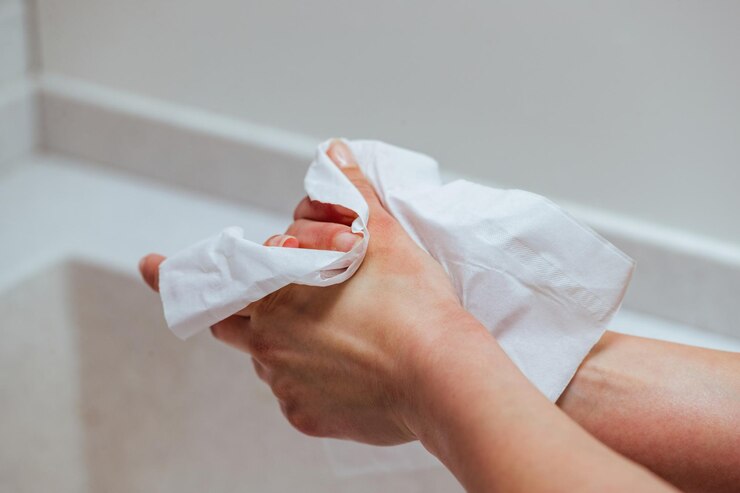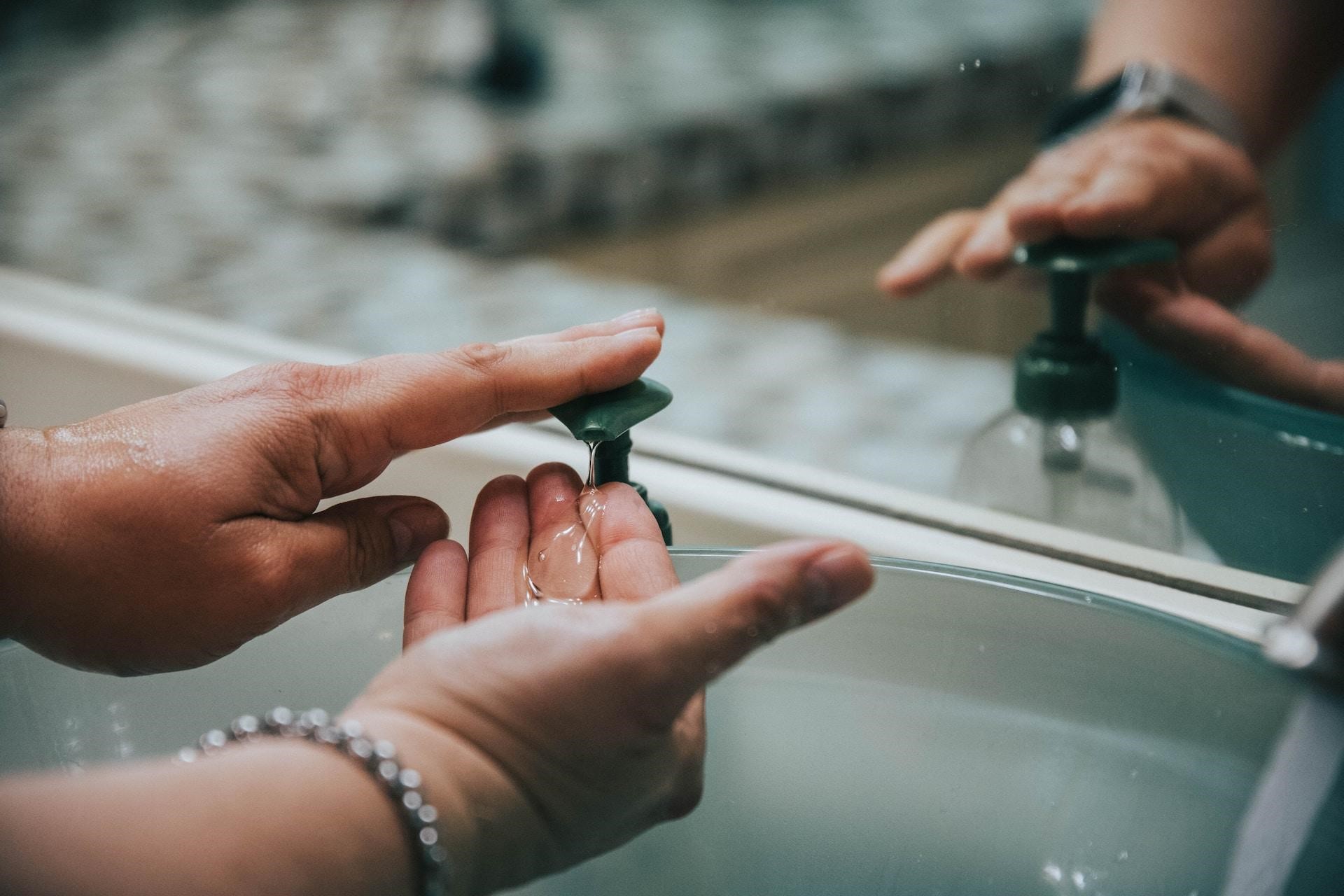Proper hygiene should be a non-negotiable personal responsibility. It’s one of the effective yet simple ways to prevent the spreading of germs, bacteria and diseases. On average, a person touches approximately 140 different objects. Just imagine how many people touched these objects before a person and how many germs are taken off the surface and spread further. Surfaces and objects are like the playground for germs, and we can’t go through life avoiding any contact. But, what we can do is do our best to maintain germ-free hands through regular hygiene practices.
Why do you need to wash your hands regularly?
First and foremost, to prioritise your health. If you wash your hands regularly, you are 30% less at risk of diarrhoea and 20% less at risk of respiratory illnesses. Next, maintaining proper hand hygiene makes you less at risk of spreading antibiotic-resistant bacteria. Lastly, regular hand washing is the question of personal etiquette, personal hygiene, and personal sense of responsibility.
Paper towels vs hand dryers?

There’s an ongoing debate on this topic – should you choose paper towels or hand dryers? While using hand dryers has been the subject of several studies researching their efficacy on hand hygiene, it can be concluded that they are efficient in removing bacteria and germs. The effectiveness of these hand dryers depends on their maintenance and the type of filters they use. So, next time you debate using paper towels over hand dryers, choose the automated option that eliminates further touching of surfaces in a public bathroom.
Daily action steps to maintain germ-free hands:
Step 1 – Frequent hand washing
Regular hand washing is a healthy strategy to maintain your health. On average, you should wash your hands up to ten times daily, but this number can differ in practice. You must wash your hands after the toilet, when you enter your home or office, before and after handling food, after touching any public surface like a handrail or a public restroom, and before and after placing or removing contact lenses or any other hygienic product.
Step 2 – Warm water and soap
The key to clean hands is using warm water and soap. You need to use a liquid that can effectively break down and rinse off germs and bacteria from your hands, and that’s soap. If you don’t have access to soap, you can rinse your hands with water.
Step 3 – Scrub and count to 20
Hand washing is an activity we don’t think much of when we’re in the middle of it. That’s why we need to pay attention to how long it lasts. The recommended length is 20 seconds, which is longer than our usual hand washing. You can count to ten and backward, and 20 seconds will go by fast and your hands will be germ-free.
Step 4 – Dry your hands
The only way to keep your hands germ-free after a thorough 20-second wash is to remain contactless, especially if you’re in an office bathroom or a public restroom. Dry your hands using the bathroom hand dryer as these are equipped with HEPA filters, designed to retain germs, bacteria and any particles and impurities floating through the air.
Step 5 – Always have a hand sanitiser on you
Sometimes, you’ll be unable to access a bathroom, or you’ll have access to it, but there won’t be any soap available. In such cases, you should be prepared to sanitise your hands on the go. A hand sanitiser with a high percentage of alcohol, at least 60%, will keep your hands clean and free of any particles or bacteria you pick up by touching your surroundings. Make sure to rub your hands until they are dry.
Step 6 – Do not touch your face
These gestures, like rubbing your face, putting your hair behind your ear, touching your forehead, leaning on your hand, and so on, can transfer bacteria to your face. We’re mostly unaware of this habit, so try to stay conscious about your hand movement and refrain from touching your face.
Step 7 – Disinfect your items
When was the last time you cleaned your phone? Or your door handle? We can easily become paranoid and disinfect everything we touch after we enter our home from work or any outing. But the key is to maintain personal hygiene, keep your home clean and periodically disinfect your phone, bag handles and other items you touch frequently.
In conclusion
These steps are easy to follow, repeat and implement in your daily hygiene routines. The effort is small, but the results are crucial for your health and the well-being of those around you. We cannot control how clean everything we touch throughout our day is, but we can be aware of the steps we need to take to keep our hands germ-free.









